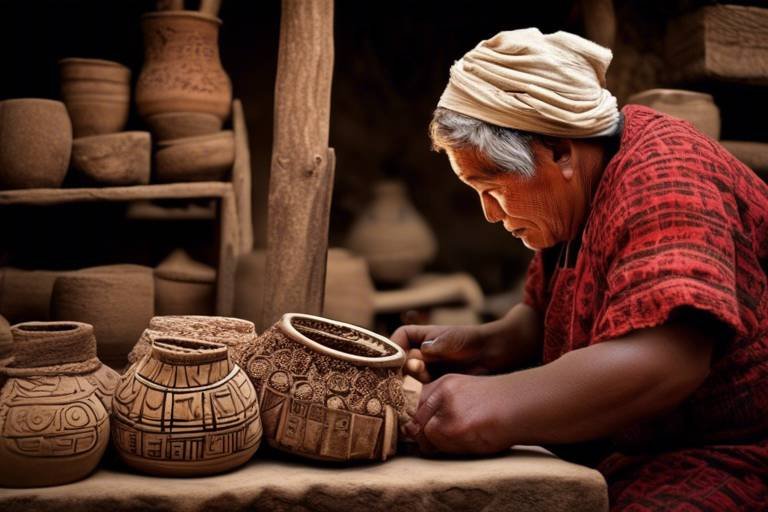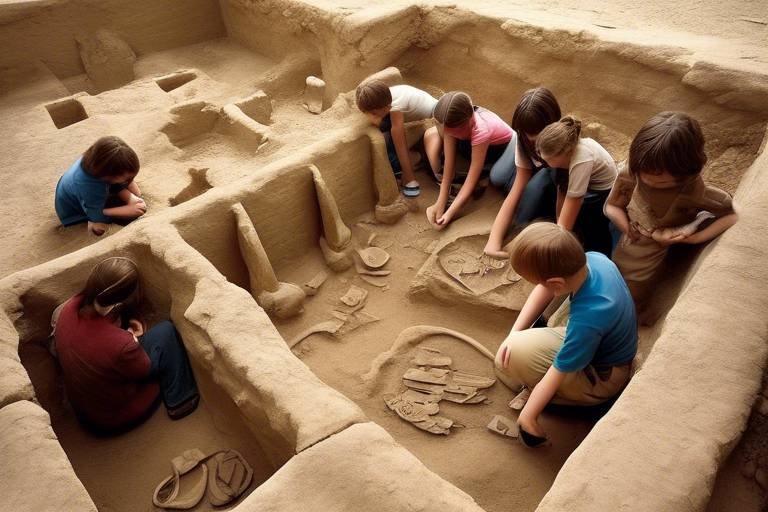The Influence of Ancient Japanese Culture on Modern Society
The influence of ancient Japanese culture on modern society is profound and far-reaching, touching various aspects of contemporary global culture. From traditional art forms to philosophical concepts, Japanese heritage continues to shape and inspire diverse fields around the world.
One of the most significant contributions of ancient Japanese culture is in the realm of traditional Japanese art. Art forms such as ukiyo-e, calligraphy, tea ceremonies, and bonsai have left an indelible mark on modern artistic expressions globally. The intricate designs, attention to detail, and spiritual essence of these art forms continue to captivate audiences and influence creative works across different mediums.
Japanese architecture, with its emphasis on simplicity, harmony with nature, and wooden structures, has also made a lasting impact on modern architectural designs and urban planning. The principles of Japanese architecture can be seen in contemporary buildings that strive to blend functionality with aesthetic beauty, creating spaces that resonate with a sense of tranquility and balance.
Religion plays a significant role in Japanese culture, with Shintoism and Buddhism shaping spiritual practices and mindfulness movements worldwide. The rituals and beliefs associated with these religions emphasize the importance of harmony with the universe, a concept that continues to influence contemporary spiritual practices and ethical frameworks.
Japanese fashion is another area where ancient traditions have influenced modern trends. The unique clothing styles, fabrics, and designs of traditional Japanese attire have inspired fashion designers globally, leading to the integration of Japanese aesthetics in streetwear and haute couture collections. The influence of Japanese fashion can be seen in the use of kimono-inspired silhouettes, intricate patterns, and minimalist designs in the fashion industry.
When it comes to cuisine, Japanese dishes like sushi, ramen, tempura, and matcha have gained immense popularity in international culinary scenes. The emphasis on fresh ingredients, precise preparation techniques, and aesthetic presentation in Japanese cooking has influenced global gastronomy and dining experiences. The influence of Japanese cuisine can be seen in the proliferation of sushi bars, ramen shops, and izakayas around the world.
The Japanese language, with its unique writing systems and expressions, has also made its mark on global communication. Japanese loanwords and phrases have found their way into various languages, reflecting the growing interest in Japanese culture and language learning. The presence of Japanese language in international contexts highlights the interconnectedness of cultures and the value of linguistic diversity.
Traditional Japanese festivals, such as cherry blossom viewing, Tanabata, and Obon, play a vital role in promoting cultural heritage and fostering community celebrations worldwide. These festive occasions bring people together to celebrate nature, tradition, and community spirit, showcasing the rich cultural tapestry of Japan. The significance of Japanese festivals extends beyond borders, attracting visitors from different parts of the world to participate in these vibrant and meaningful events.
Japanese etiquette, characterized by manners, bowing customs, and gift-giving traditions, reflects the importance of respect and harmony in interpersonal relationships. The emphasis on hierarchy and mutual understanding in Japanese social interactions has influenced business practices and diplomatic protocols on a global scale. Understanding and respecting Japanese etiquette is essential for effective communication and collaboration in diverse cultural settings.
Lastly, Japanese philosophy offers valuable insights into mindfulness practices, design aesthetics, ethical principles, and personal development ideologies. Concepts such as wabi-sabi, mono no aware, and bushido emphasize the beauty of imperfection, the transient nature of life, and the code of honor and loyalty. The influence of Japanese philosophy can be seen in contemporary mindfulness movements, design philosophies, and ethical frameworks that seek to cultivate a deeper understanding of the self and the world.
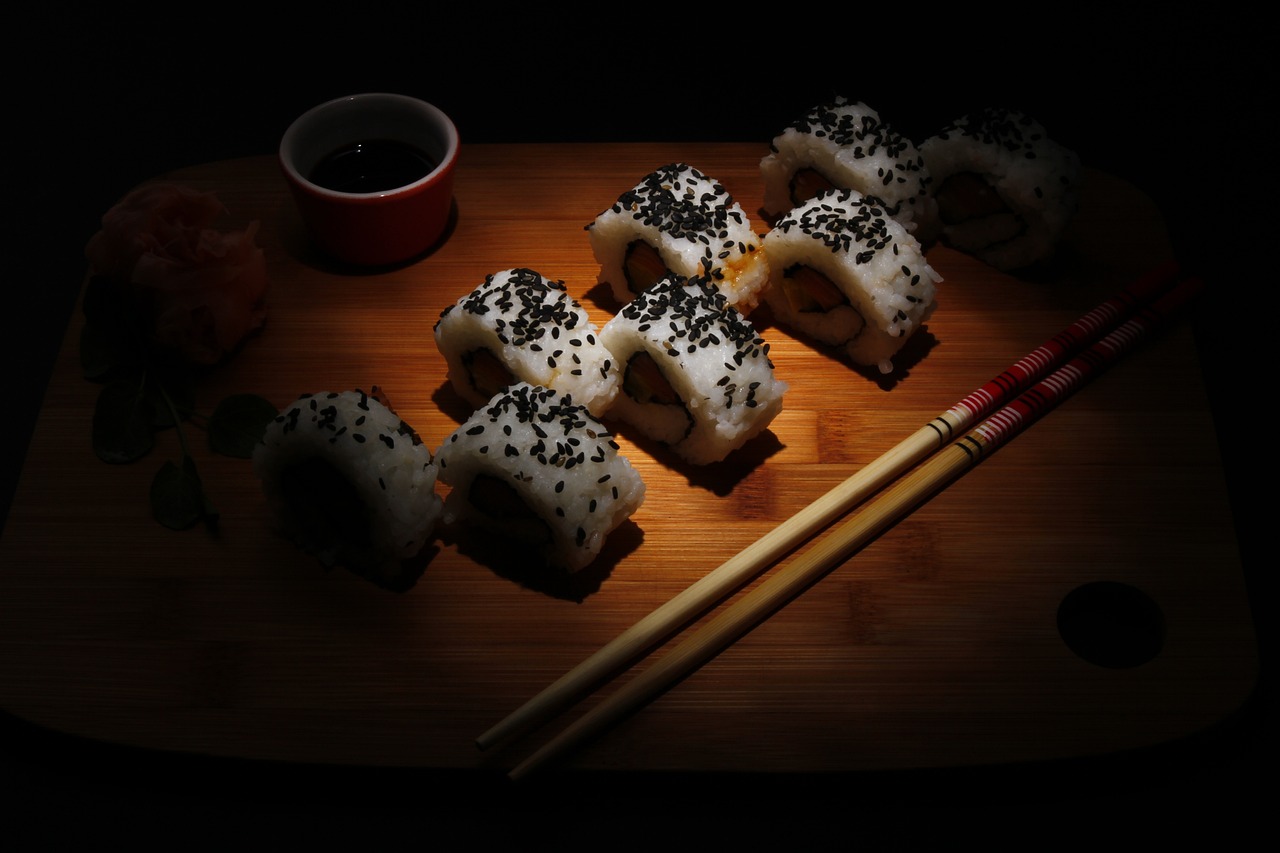
Traditional Japanese Art
Traditional Japanese art holds a profound influence on contemporary artistic expressions globally. From the exquisite woodblock prints of ukiyo-e to the elegant brushstrokes of calligraphy, each art form encapsulates the essence of Japanese culture and aesthetics. The meticulous craftsmanship of tea ceremonies, where every movement is a dance of grace and mindfulness, reflects the harmony and balance revered in Japanese artistry.
The art of bonsai, the cultivation of miniature trees, symbolizes the beauty of nature captured in a small, controlled environment. It teaches patience, respect for the natural world, and the art of shaping living things with care and precision. These traditional art forms continue to inspire and shape modern artistic trends, blending tradition with innovation in a harmonious dance of creativity.

Japanese Architecture
Topics to be discussed in the article include the impact of traditional Japanese art, architecture, religion, fashion, cuisine, language, festivals, etiquette, and philosophy on contemporary global culture.
Japanese architecture is a harmonious blend of tradition and innovation, reflecting the cultural values of simplicity, nature, and craftsmanship. The influence of traditional Japanese architectural principles can be seen in modern designs worldwide. The concept of Wabi-Sabi, finding beauty in imperfection and transience, is embodied in the minimalist aesthetics of Japanese buildings.
Wooden structures like temples and shrines showcase intricate craftsmanship and attention to detail, inspiring architects to incorporate natural elements and sustainable materials in their projects. The engawa, a traditional Japanese veranda, has influenced contemporary open-plan living spaces that seamlessly connect indoor and outdoor environments.
Japanese architects prioritize harmony with nature, creating buildings that coexist peacefully with their surroundings. This approach is evident in the design of Zen gardens, where rocks, gravel, and moss are meticulously arranged to evoke tranquility and contemplation. The use of sliding doors, known as fusuma and shoji, allows for flexible room configurations and natural light optimization.
The traditional genkan, an entryway where shoes are removed before entering a home, symbolizes respect for cleanliness and separation of indoor and outdoor spaces. Modern architects have adopted this practice in designing entrance areas that promote mindfulness and cleanliness in living spaces.
Overall, Japanese architecture continues to inspire contemporary designers to create sustainable, functional, and aesthetically pleasing structures that prioritize harmony with nature and cultural authenticity.
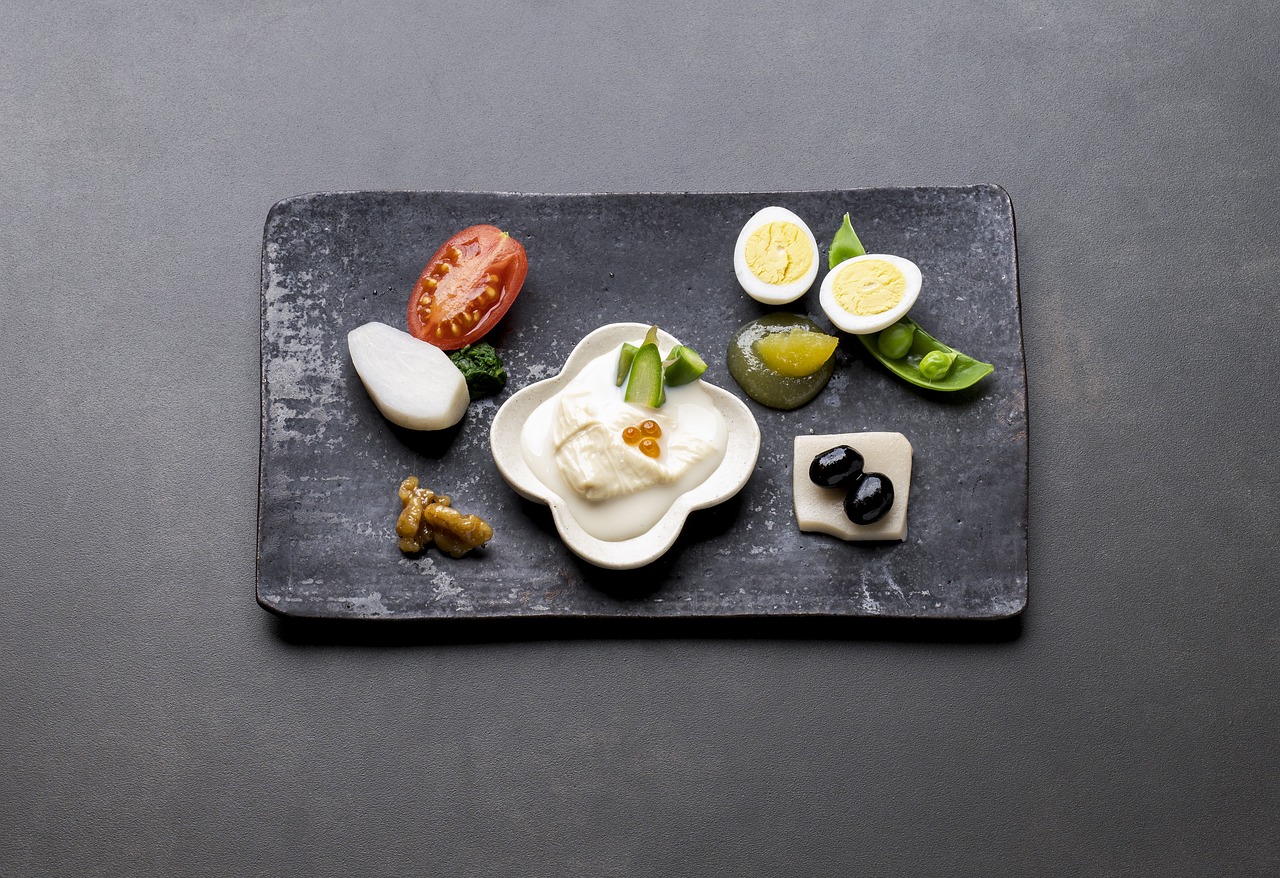
Japanese Religion
Topics to be discussed in the article include the impact of traditional Japanese art, architecture, religion, fashion, cuisine, language, festivals, etiquette, and philosophy on contemporary global culture.
Japanese culture is deeply intertwined with various religious beliefs and practices, most notably Shintoism and Buddhism. Shintoism, the indigenous spirituality of Japan, emphasizes the reverence for kami, the divine spirits present in nature, shrines, and rituals. On the other hand, Buddhism, introduced to Japan from India and China, focuses on the teachings of Siddhartha Gautama, also known as the Buddha. The blend of these two religions has shaped not only the spiritual landscape of Japan but also influenced global mindfulness movements and the pursuit of harmony with the universe.

Japanese Fashion
Topics to be discussed in the article include the impact of traditional Japanese art, architecture, religion, fashion, cuisine, language, festivals, etiquette, and philosophy on contemporary global culture.
Japanese fashion has captivated the world with its unique blend of tradition and innovation. The intricate designs, attention to detail, and exquisite craftsmanship of traditional Japanese clothing have inspired modern fashion trends on a global scale.
From the elegant kimono to the casual yukata, Japanese garments have found their way into the wardrobes of fashion enthusiasts worldwide. The use of luxurious fabrics such as silk and intricate patterns like cherry blossoms and waves have become iconic elements in haute couture collections.
Japanese streetwear, known for its bold colors and avant-garde designs, has redefined urban fashion scenes. Brands like Comme des Garçons and Issey Miyake have gained international acclaim for their innovative approach to clothing construction and deconstruction.
Moreover, the concept of "wabi-sabi" in Japanese aesthetics, which values imperfection and impermanence, has influenced contemporary fashion designers to embrace uniqueness and authenticity in their creations.
Japanese fashion is not just about clothing; it is a reflection of cultural heritage, artistic expression, and attention to detail that continues to shape the global fashion industry.
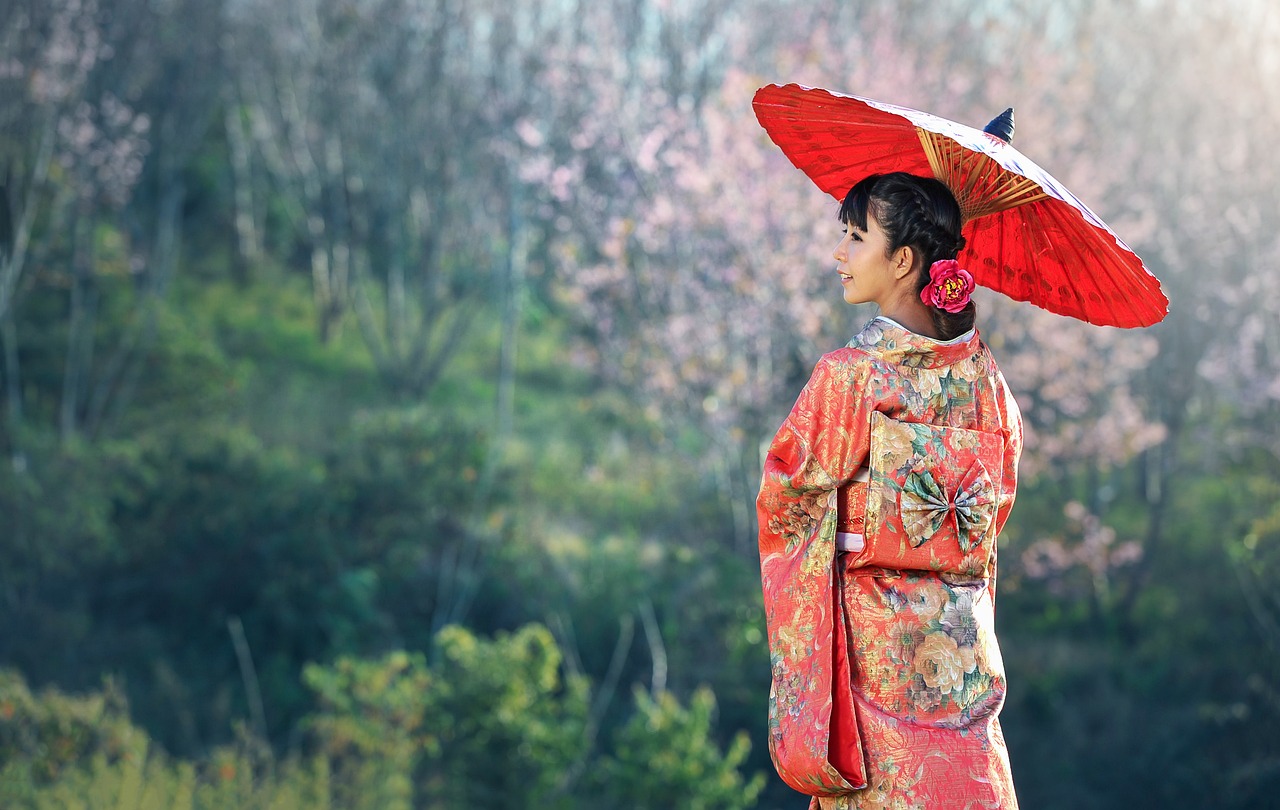
Japanese Cuisine
Topics to be discussed in the article include the impact of traditional Japanese art, architecture, religion, fashion, cuisine, language, festivals, etiquette, and philosophy on contemporary global culture.
Japanese cuisine, known for its delicate flavors and meticulous presentation, has captivated taste buds worldwide. From the iconic sushi rolls to steaming bowls of ramen, Japan's culinary heritage has left a lasting impression on international gastronomy.
One of the most beloved Japanese dishes, sushi, has become a global sensation, with its combination of vinegared rice, fresh seafood, and seaweed wrapping creating a harmonious explosion of flavors in every bite. The art of sushi-making, known as "sushimanship," has evolved into a culinary craft that chefs worldwide strive to master.
Ramen, a hearty noodle soup dish with various broths and toppings, has gained a cult following outside Japan. Its rich umami flavors and comforting warmth make it a popular choice for food enthusiasts seeking a satisfying and flavorful meal.
Tempura, a dish of lightly battered and fried seafood or vegetables, showcases the delicate balance between crispiness and tenderness that Japanese cuisine is renowned for. The meticulous preparation and precise cooking techniques involved in tempura frying elevate it to a culinary art form.
Matcha, a finely ground green tea powder, is not only a traditional Japanese beverage but also a versatile ingredient in desserts, pastries, and savory dishes. Its vibrant color and earthy flavor add a unique touch to various culinary creations, embodying the essence of Japanese culinary innovation.
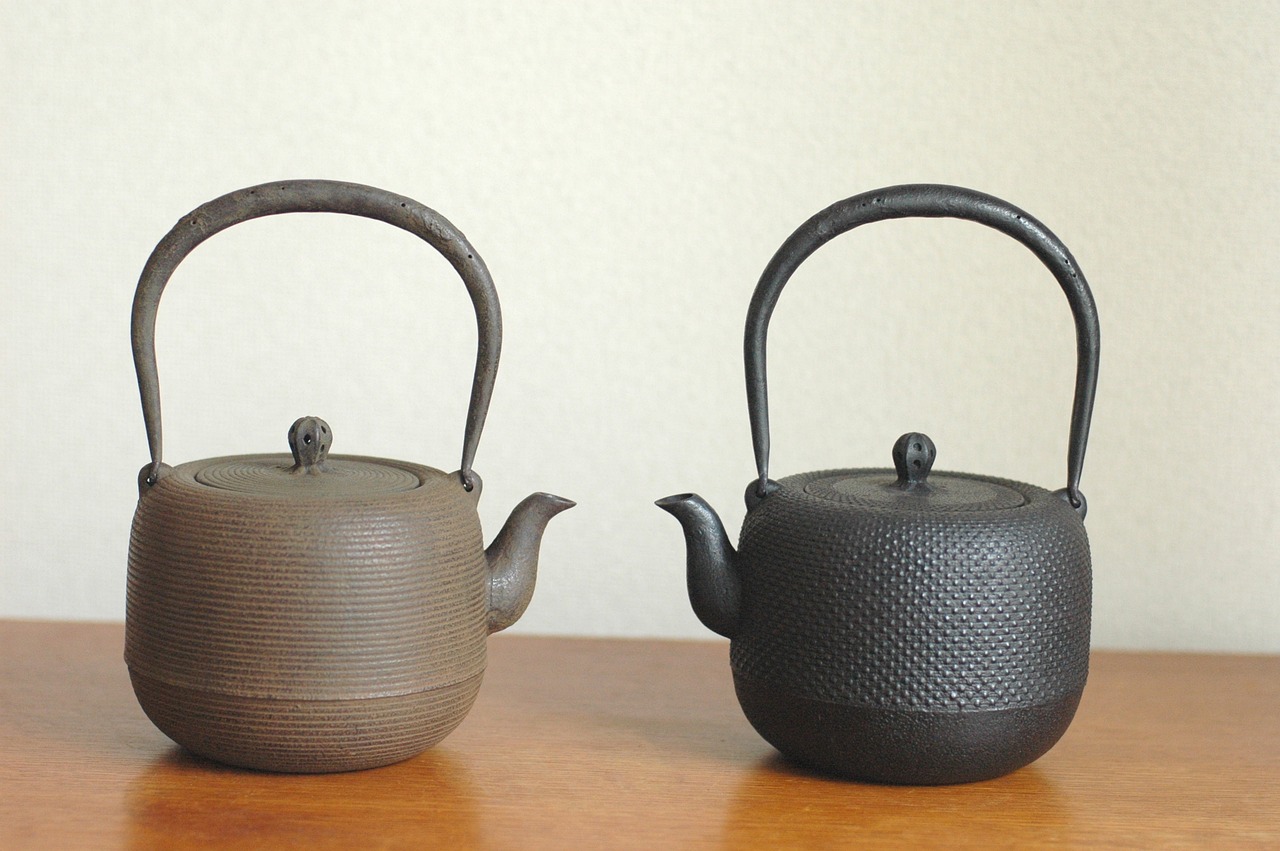
Japanese Language
Topics to be discussed in the article include the impact of traditional Japanese art, architecture, religion, fashion, cuisine, language, festivals, etiquette, and philosophy on contemporary global culture.
Japanese language holds a unique position in the linguistic world, blending intricate writing systems, nuanced expressions, and a rich history. The presence of Japanese loanwords in various languages reflects the global reach of Japanese culture. From 'karaoke' to 'tsunami,' these words have seamlessly integrated into everyday vocabulary, adding a touch of Japanese flair to different languages.
Moreover, the Japanese writing systems, namely Kanji, Hiragana, and Katakana, offer a visual feast for language enthusiasts. The intricate characters of Kanji, derived from Chinese characters, convey deep meanings and stories within a single symbol. Hiragana and Katakana, on the other hand, provide phonetic representations, adding layers of complexity to the language.
Learning Japanese has become a popular pursuit worldwide, not only for its linguistic challenges but also for the cultural insights it offers. Whether for business interactions, travel experiences, or simply a love for Japanese pop culture, mastering the language opens doors to a vibrant and fascinating world.
1. How has Japanese cuisine influenced global food trends?
2. What are some key principles of Japanese architecture that are evident in modern buildings?
3. How do traditional Japanese festivals contribute to cultural exchange and tourism?
4. What are the main differences between Shintoism and Buddhism in Japanese religious practices?
5. How can the concept of wabi-sabi be applied in modern design and lifestyle?

Japanese Festivals
Japanese festivals hold a special place in the hearts of both locals and visitors, showcasing the vibrant cultural tapestry of Japan. These traditional celebrations not only honor historical events and deities but also bring communities together in joyous revelry. One of the most famous festivals is the cherry blossom viewing, known as Hanami, where people gather under blooming sakura trees to appreciate the fleeting beauty of the flowers. Tanabata, the Star Festival, celebrates the meeting of two celestial lovers once a year, with colorful decorations adorning streets and wishes written on strips of paper fluttering in the wind. Another significant event is Obon, a time to honor ancestors' spirits through dance, music, and lantern-lit ceremonies, fostering a deep connection to the past and a sense of continuity with the future.
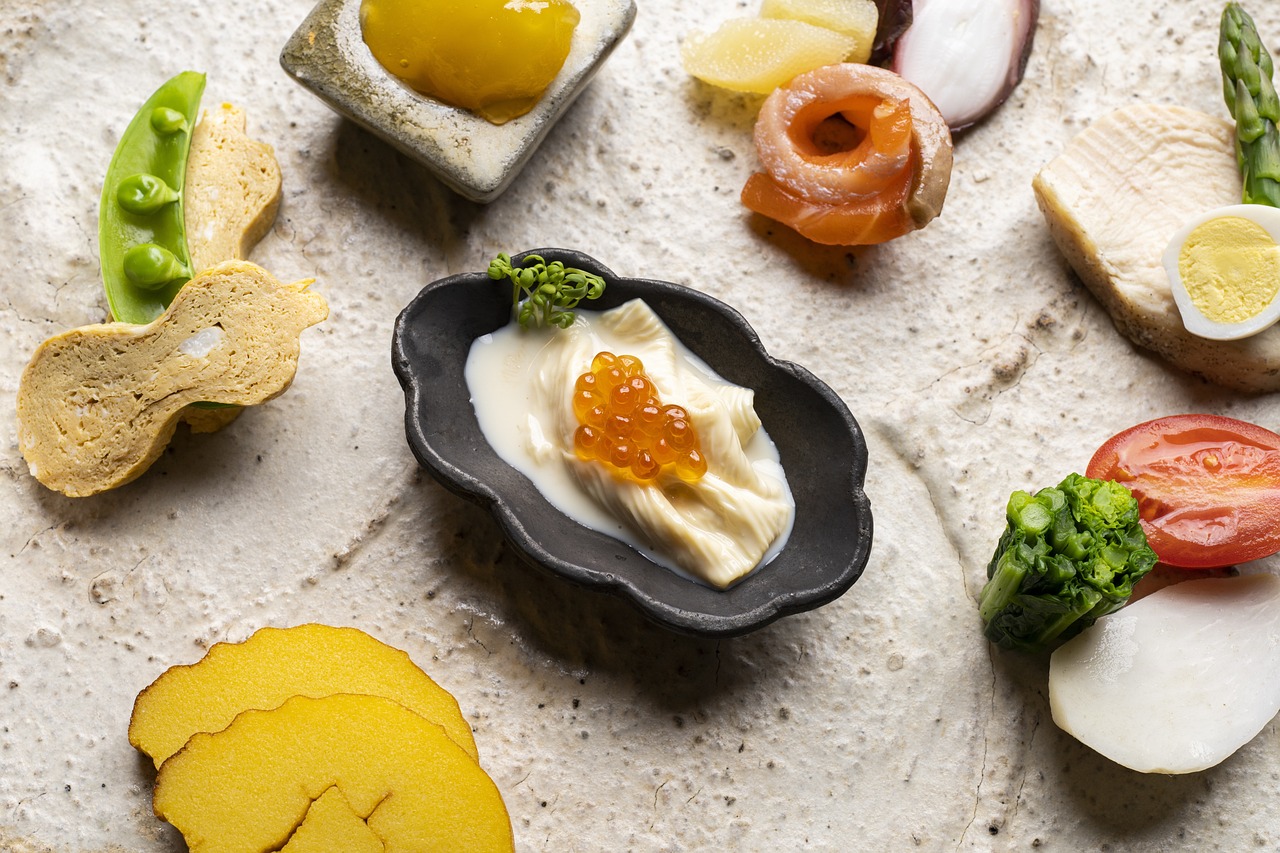
Japanese Etiquette
Japanese etiquette is deeply rooted in the culture and plays a significant role in interpersonal relationships, business interactions, and social dynamics. The concept of respect, humility, and harmony is prevalent in various aspects of Japanese etiquette, shaping the behavior and communication styles of individuals in Japan and influencing global perceptions of politeness and courtesy.
One of the key elements of Japanese etiquette is the practice of bowing, which is a common form of greeting and showing respect. The angle and duration of the bow convey different levels of respect and formality, reflecting the hierarchical structure of Japanese society. Additionally, the exchange of business cards, known as meishi, is a formal ritual that symbolizes respect and professionalism in business settings.
Gift-giving is another important aspect of Japanese etiquette, where the act of giving and receiving gifts is considered a gesture of appreciation and gratitude. The value of the gift, the wrapping, and the timing of the gift presentation are carefully considered to convey the right message and show thoughtfulness towards the recipient.
Furthermore, the concept of omoiyari, or empathy and consideration for others, is deeply ingrained in Japanese etiquette. This principle guides individuals to be mindful of others' feelings, anticipate their needs, and act with sensitivity in social interactions. Politeness and attentiveness in communication, whether verbal or non-verbal, are highly valued in Japanese culture.
Table manners also hold significant importance in Japanese etiquette, with practices such as using chopsticks correctly, slurping noodles to express enjoyment, and avoiding wastage of food considered respectful behaviors. Dining etiquette reflects the cultural values of gratitude towards food, respect for the effort put into preparing meals, and the importance of communal dining experiences.
In social settings, the concept of tatemae and honne, or public facade and true feelings, influences how individuals express themselves and maintain harmony within groups. The emphasis on indirect communication, avoiding confrontation, and preserving social harmony is evident in Japanese etiquette, shaping group dynamics and decision-making processes.
Overall, Japanese etiquette encompasses a wide range of customs, traditions, and behavioral norms that reflect the values of respect, harmony, and consideration for others. By understanding and appreciating Japanese etiquette, individuals can navigate social interactions with grace, show respect for cultural differences, and foster positive relationships in a diverse and interconnected world.

Japanese Philosophy
Japanese philosophy encompasses profound concepts that have left a lasting impact on global thought and behavior. Rooted in ancient wisdom, Japanese philosophical principles like wabi-sabi, mono no aware, and bushido offer unique perspectives on life, nature, and ethics. Wabi-sabi celebrates the beauty of imperfection and impermanence, guiding individuals to find harmony in simplicity and acceptance of transience. Mono no aware, the sensitivity to the ephemeral nature of things, encourages empathy, appreciation of fleeting moments, and emotional depth in human connections. Bushido, the way of the warrior, embodies values of loyalty, honor, and self-discipline, shaping the ethical codes of conduct and personal growth.
These philosophical tenets have transcended time and borders, influencing various aspects of contemporary society. From inspiring minimalist design trends to fostering mindfulness practices, Japanese philosophy resonates with individuals seeking balance, authenticity, and meaning in a fast-paced world. The essence of wabi-sabi can be seen in modern architecture that embraces natural materials and simplicity, evoking a sense of tranquility amidst urban chaos. Mono no aware finds expression in art forms that capture fleeting moments of beauty, inviting contemplation and emotional connection with the audience.
Furthermore, the spirit of bushido continues to inspire individuals to uphold values of integrity, resilience, and respect in personal and professional endeavors. In a global context, the principles of Japanese philosophy offer a roadmap for navigating complexity, cultivating resilience, and fostering interconnectedness in a diverse and rapidly changing world. By embracing these timeless teachings, individuals can discover deeper insights into the essence of existence, the beauty of imperfection, and the pursuit of excellence in all aspects of life.
Frequently Asked Questions
- What is the significance of traditional Japanese art forms in modern society?
Traditional Japanese art forms like ukiyo-e, calligraphy, tea ceremonies, and bonsai have had a profound impact on modern artistic expressions worldwide. They embody a sense of beauty, simplicity, and cultural heritage that continues to inspire artists and art enthusiasts globally.
- How has Japanese architecture influenced modern urban planning and design?
Japanese architectural principles, characterized by simplicity, harmony with nature, and wooden structures, have influenced modern architectural designs and urban planning concepts. The emphasis on natural materials and minimalist aesthetics can be seen in contemporary buildings and city layouts.
- What role do Japanese festivals play in promoting cultural heritage and community celebrations?
Traditional Japanese festivals such as cherry blossom viewing, Tanabata, and Obon play a vital role in promoting cultural heritage, fostering tourism, and strengthening community bonds worldwide. These events showcase Japan's rich traditions and bring people together in celebration.
- How has Japanese philosophy influenced modern mindfulness practices and ethical principles?
Japanese philosophical concepts like wabi-sabi, mono no aware, and bushido have influenced modern mindfulness practices, design aesthetics, ethical principles, and personal development ideologies globally. They emphasize the beauty of imperfection, the transient nature of life, and the code of honor and integrity.



